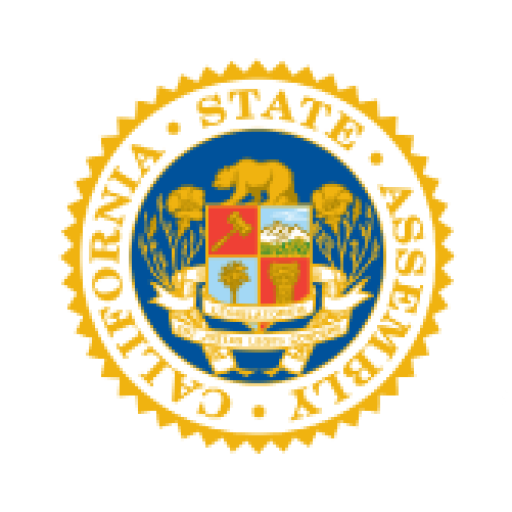The Federal Government has passed and the President has signed the new CARES Act to provide financial relief to Americans individually and business during this crisis. Coming in at 880 pages, here is a helpful break down of what this means for you.
The Federal Stimulus Package
On March 27, 2020, President Trump signed a $2.2 trillion dollar coronavirus stimulus package. The “CARES Act” includes, among other things: direct payments to individuals, expanded unemployment benefits, suspension of student loans payments, and loans and grants to businesses.
direct payments to individuals
- How much? The bill provides $1,200 to each adult and $500 for each child under 17. For example, a married couple with two children under age 17 would receive $3,400.
- Who qualifies? Any taxpayer with a valid social security number, as long as they are not someone else’s dependent. This could preclude payments for some elderly adults and students over age 16.
- Are there phaseouts? Yes. Payments start to phase out for those earning over $75,000 in adjusted gross income for individuals, $112,500 for heads of household, and $150,000 for married couples. No payments go to those with no children and who earn $99,000 ($198,000 for married couples).
- When will payments arrive? The Internal Revenue Service (IRS) hopes to start sending checks around April 17th. The IRS will provide updated information on its website.
- How will you receive the payment? The IRS will use the last valid banking deposit information you provided on your taxes to direct deposit the money, if you have not provided this information in the last two years, or if your banking information has changed, the IRS is creating a portal to update this information on their website.
- How will the government determine payments? The IRS will use 2019 tax returns, and 2018 tax returns if 2019 tax returns aren’t available.
Unemployment Benefits
- Employees who have had their hours reduced or lost their job due to COVID-19 may be eligible to receive Unemployment Insurance, which provides partial wage replacement. The Governor recently suspended the typical one-week waiting period, allowing immediate access to the program.
- Increased benefits. The federal stimulus bill increases unemployment benefits by $600 per week for up to four months. The current maximum weekly unemployment insurance benefit is $450/week. This will now increase to $1,050/week.
- Expanded eligibility. The stimulus bill expands eligibility for unemployment insurance to include those who are self-employed, those seeking part-time employment, and independent contractors.
- How to apply. Claims can be filed by going to the Employment Development Department (EDD) website, or by calling 1-800-300-5616 between 8am and 12pm M-F (excluding holidays). EDD has also developed a YouTube video explaining how to apply.
Student Loan Payments and Debt Collection Suspended
- Under the “CARES Act,” until September 30, 2020, most federal (but not Perkins or private loans) student loan payments are suspended without penalty, interest is waived, and involuntary collection of student loan debt (garnishment of wages, tax refunds, and social security benefits) is suspended.
Employer Aid
- $500 billion in grants and loans to businesses. The stimulus bill includes $25 billion in grants to passenger airlines, $25 billion in loans to passenger airlines, and $17 billion in loans to businesses that work in national security. An additional $425 billion is available for loans to businesses, states, and local governments. Restrictions apply, and the loans will go through the Federal Reserve. A congressional oversight committee will monitor how these funds are spent.
- Small business loan guarantee program. An additional $349 billion to guarantee zero-interest loans of up to $10 million to small businesses (less than 500 employee) could turn into grants if certain conditions are met. Loans that a small business receives to cover payroll, rent, health insurance premiums, interest on mortgage obligations, and utilities will be forgiven. Nonprofits may also apply.
- How to apply. These small business loans will be distributed using the existing framework of the Small Business Administration’s 7(a) program, which is the SBA’s main loan program. Details on how to apply and the criteria the SBA will use are expected within 15 days of enactment.
Mortgage and Renting Relief
- Borrowers can request forbearance for up to 6 months without additional interest or fees for federally backed mortgages.
- How does this help renters? This places a nationwide eviction moratorium for renters renting from a landlord who has a federally backed mortgage (such as Fannie Mae, Freddie Mac)
- How to use? Renters should discuss their situation with their landlord and explain the financial impacts they are suffering under the COVID crisis.
